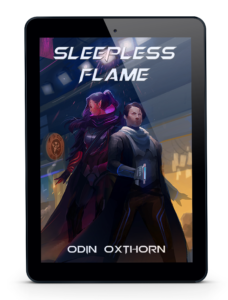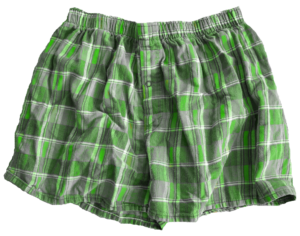Here you will find pieces of brain vomit that describes the messy slop of Odin’s writing process, which other authors may or may not find useful. These tidbits are in no particular order, and if you are looking for something specific for me to cover, let me know.
Category: Odin’s Writing Tips
How Improv Comedy Helped Me as a Writer
Like most who know about the artform, I was introduced to improv comedy from the famed TV show Whose Line Is It Anyway? Despite many of the references going over my head at the time, I still found myself bursting at the seams with laughter at the off-the-cuff antics of the performers.
In high school, I was fortunate enough to participate in an improv club, where we not only played common games, but also took field trips to performances and studied techniques from professionals in the city. Continue reading How Improv Comedy Helped Me as a Writer
Writing With The Singular “They” and Nonbinary Characters
I would like to preface this by stating that while this is how *I* personally use the pronoun “They” in reference to my Nonbinary characters, it is by no means the one and only absolute *RIGHT* way of doing it. The purpose of this article is to give a starting point to authors who are a bit uncertain about the usage within the gender spectrum. Continue reading Writing With The Singular “They” and Nonbinary Characters
Regarding Combat
Your characters have just finished sizing each other up, and inevitably, you need to figure out how they will go about beating the ever-living tar out of each other. Below I have illustrated my thought process on how I construct these scenes.
I do have examples of my combat scenes here for your examination.
I begin with two timeline points: the start (X and Y are standing in front of each other), then the result (X has Y in a headlock). In between is a multitude of points that bring the scene together, like frames in a zoetrope. The next step would be to draft a play-by-play of how the conflict takes place.
There is an underlying flow inside every combat engagement, and decoding that flow is key to effectively communicating a scene to your readers through narration. Not every graphic detail needs to be drawn out either, just enough to create a chain of action-reaction-action steps until you have reached your result point. Continue reading Regarding Combat
ODIN EDITS THE THINGS
This may or may not be useful to other aspiring authors out there, but I wanted to give a detailed outline of how my writing process actually works. It is not in any organized matter whatsoever. I basically start in a series of phases:
Sketch:
A sketch might just be a simple scene or concept that I want to add to whatever I am working on. It usually starts a new chapter. It is composed of a dialog interaction between characters, and then builds from there. I might have general idea of what I want to happen around the scene, but not a whole lot of details are included beyond general objectives. Punctuation and dialog tags are thrown out the window.
This is also the majority of the documents that flood my folder on my computer…I really should do something about that.
AN EXAMPLE FOR YOU:


